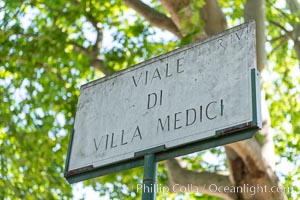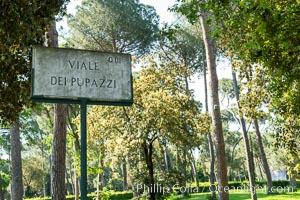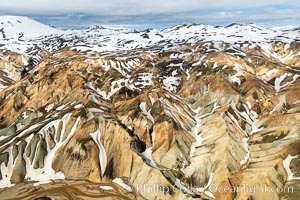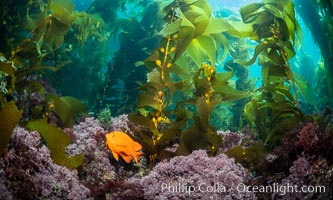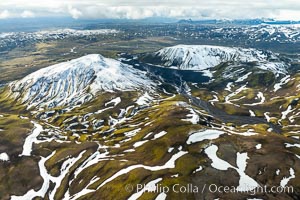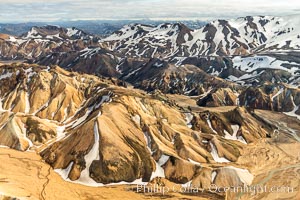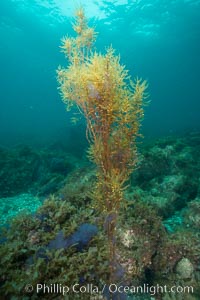
Garibaldi and invasive Sargassum, Catalina.
Species: Sargassum, Sargassum horneri
Location: Catalina Island, California
Image ID: 30969
Species: Sargassum, Sargassum horneri
Location: Catalina Island, California
Image ID: 30969
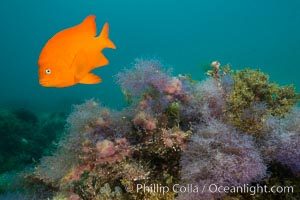
Garibaldi and purple Chondria acrorhizophora marine algae.
Species: Garibaldi, Chondria acrorhizophora, Hypsypops rubicundus
Location: Catalina Island, California
Image ID: 30971
Species: Garibaldi, Chondria acrorhizophora, Hypsypops rubicundus
Location: Catalina Island, California
Image ID: 30971
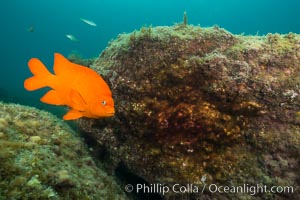
Garibaldi maintains a patch of algae (just in front of the fish) to entice a female to lay a clutch of eggs.
Species: Garibaldi, Hypsypops rubicundus
Location: Catalina Island, California
Image ID: 30977
Species: Garibaldi, Hypsypops rubicundus
Location: Catalina Island, California
Image ID: 30977
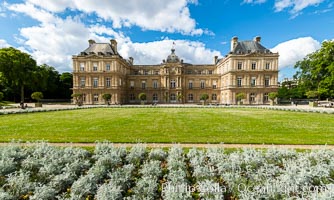
Palais du Luxembourg, Paris. Jardin du Luxembourg. The Jardin du Luxembourg, or the Luxembourg Gardens, is the second largest public park in Paris located in the 6th arrondissement of Paris, France. The park is the garden of the French Senate, which is itself housed in the Luxembourg Palace.
Location: Jardin du Luxembourg, Paris, France
Image ID: 35619
Location: Jardin du Luxembourg, Paris, France
Image ID: 35619
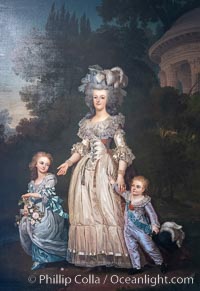
Marie Antoinette with her two eldest children, Marie-Therese Charlotte and the Dauphin Louis Joseph, in the Petit Trianon's gardens, by Adolf Ulrik Wertmuller, Chateau de Versailles, Paris.
Location: Chateau de Versailles, Paris, France
Image ID: 35625
Location: Chateau de Versailles, Paris, France
Image ID: 35625
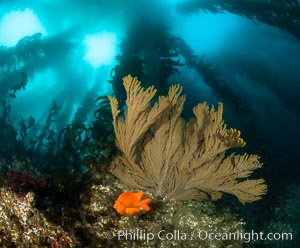
Garibaldi and golden gorgonian, with a underwater forest of giant kelp rising in the background, underwater.
Species: California golden gorgonian, Garibaldi, Hypsypops rubicundus, Muricea californica
Location: San Clemente Island, California
Image ID: 37094
Species: California golden gorgonian, Garibaldi, Hypsypops rubicundus, Muricea californica
Location: San Clemente Island, California
Image ID: 37094
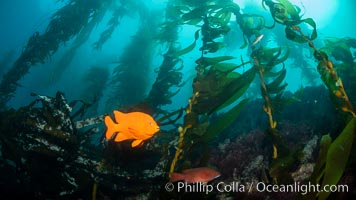
Garibaldi in kelp forest, near Eagle Rock, Catalina Island.
Image ID: 37136
Image ID: 37136
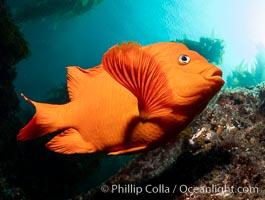
Garibaldi in kelp forest, Catalina Island.
Image ID: 37148
Image ID: 37148
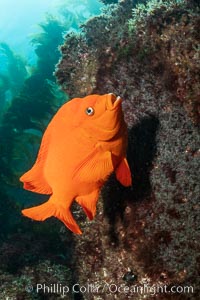
Garibaldi maintains a patch of algae (just in front of the fish) to entice a female to lay a clutch of eggs.
Image ID: 37149
Image ID: 37149
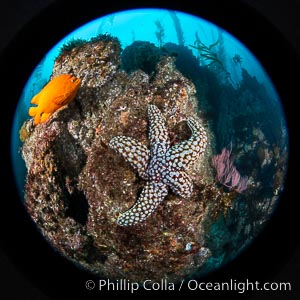
Starfish and garibaldi on the reef, San Clemente Island.
Location: San Clemente Island, California
Image ID: 38520
Location: San Clemente Island, California
Image ID: 38520
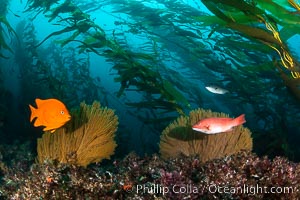
Garibaldi, juvenile sheephead and California golden gorgonian on underwater rocky reef, San Clemente Island. The golden gorgonian is a filter-feeding temperate colonial species that lives on the rocky bottom at depths between 50 to 200 feet deep. Each individual polyp is a distinct animal, together they secrete calcium that forms the structure of the colony. Gorgonians are oriented at right angles to prevailing water currents to capture plankton drifting by.
Species: California golden gorgonian, Giant kelp, Garibaldi, Muricea californica, Macrocystis pyrifera, Hypsypops rubicundus
Location: San Clemente Island, California
Image ID: 38522
Species: California golden gorgonian, Giant kelp, Garibaldi, Muricea californica, Macrocystis pyrifera, Hypsypops rubicundus
Location: San Clemente Island, California
Image ID: 38522
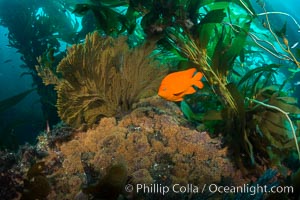
Garibaldi and golden gorgonian, with a underwater forest of giant kelp rising in the background, underwater.
Species: California golden gorgonian, Muricea californica
Location: Catalina Island, California
Image ID: 34184
Species: California golden gorgonian, Muricea californica
Location: Catalina Island, California
Image ID: 34184
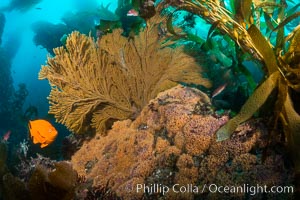
Garibaldi and golden gorgonian, with a underwater forest of giant kelp rising in the background, underwater.
Species: California golden gorgonian, Muricea californica
Location: Catalina Island, California
Image ID: 34185
Species: California golden gorgonian, Muricea californica
Location: Catalina Island, California
Image ID: 34185
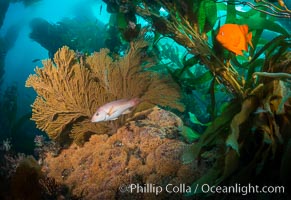
California golden gorgonian, Garibaldi and Sheephead wrasse fishes on rocky reef, below kelp forest, underwater. The golden gorgonian is a filter-feeding temperate colonial species that lives on the rocky bottom at depths between 50 to 200 feet deep. Each individual polyp is a distinct animal, together they secrete calcium that forms the structure of the colony. Gorgonians are oriented at right angles to prevailing water currents to capture plankton drifting by.
Location: Catalina Island, California
Image ID: 34186
Location: Catalina Island, California
Image ID: 34186
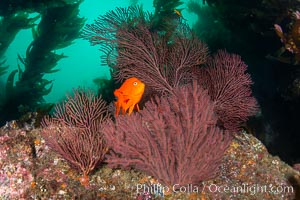
Garibaldi and gorgonian on rocky reef, below kelp forest, underwater. The red gorgonian is a filter-feeding temperate colonial species that lives on the rocky bottom at depths between 50 to 200 feet deep. Gorgonians are oriented at right angles to prevailing water currents to capture plankton drifting by. Catalina Island, California, USA.
Location: Catalina Island, California
Image ID: 34623
Location: Catalina Island, California
Image ID: 34623
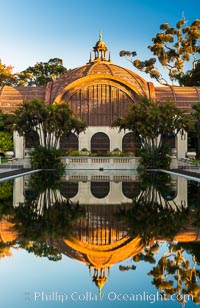
The Botanical Building in Balboa Park, San Diego. The Botanical Building, at 250 feet long by 75 feet wide and 60 feet tall, was the largest wood lath structure in the world when it was built in 1915 for the Panama-California Exposition. The Botanical Building, located on the Prado, west of the Museum of Art, contains about 2,100 permanent tropical plants along with changing seasonal flowers. The Lily Pond, just south of the Botanical Building, is an eloquent example of the use of reflecting pools to enhance architecture. The 193' by 43' foot pond and smaller companion pool were originally referred to as Las Lagunas de las Flores (The Lakes of the Flowers) and were designed as aquatic gardens. The pools contain exotic water lilies and lotus which bloom spring through fall.
Location: Balboa Park, San Diego, California
Image ID: 28822
Location: Balboa Park, San Diego, California
Image ID: 28822
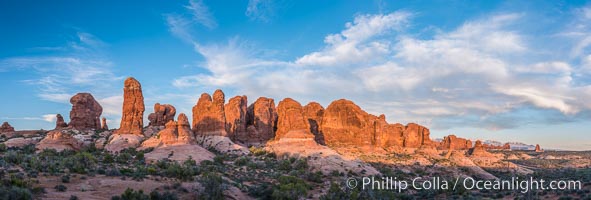
Sunset over Garden of the Gods, Arches National Park.
Location: Garden of the Gods, Arches National Park, Utah
Image ID: 29260
Panorama dimensions: 4598 x 13588
Location: Garden of the Gods, Arches National Park, Utah
Image ID: 29260
Panorama dimensions: 4598 x 13588
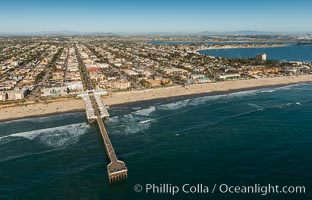
Aerial Photo of Crystal Pier and Garnet Avenue Pacific Beach.
Location: San Diego, California
Image ID: 30803
Location: San Diego, California
Image ID: 30803
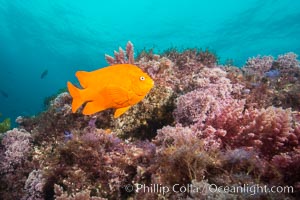
Garibaldi and various marine algae, San Clemente Island.
Species: Garibaldi, Hypsypops rubicundus
Location: San Clemente Island, California
Image ID: 30954
Species: Garibaldi, Hypsypops rubicundus
Location: San Clemente Island, California
Image ID: 30954
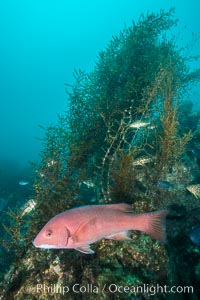
Sheephead and invasive sargassum, Catalina.
Species: Sargassum, Sheephead wrasse, Sargassum horneri, Semicossyphus pulcher
Location: Catalina Island, California
Image ID: 30974
Species: Sargassum, Sheephead wrasse, Sargassum horneri, Semicossyphus pulcher
Location: Catalina Island, California
Image ID: 30974
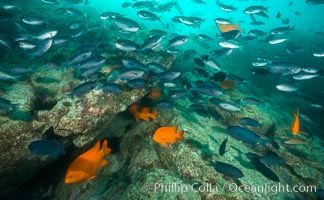
Blacksmith chromis and Garibaldi aggregation, Catalina.
Species: Blacksmith, Garibaldi, Chromis punctipinnis, Hypsypops rubicundus
Location: Catalina Island, California
Image ID: 30978
Species: Blacksmith, Garibaldi, Chromis punctipinnis, Hypsypops rubicundus
Location: Catalina Island, California
Image ID: 30978
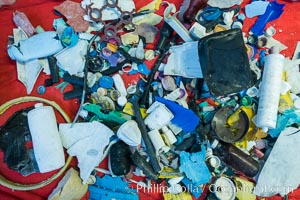
Plastic Debris, Sorted and Cataloged for Study, Clipperton Island.
Location: Clipperton Island, France
Image ID: 33105
Location: Clipperton Island, France
Image ID: 33105
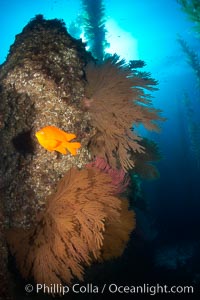
Garibaldi and California golden gorgonians on rocky reef, below kelp forest, underwater. The golden gorgonian is a filter-feeding temperate colonial species that lives on the rocky bottom at depths between 50 to 200 feet deep. Each individual polyp is a distinct animal, together they secrete calcium that forms the structure of the colony. Gorgonians are oriented at right angles to prevailing water currents to capture plankton drifting by.
Species: California golden gorgonian, Hypsypops rubicundus, Muricea californica
Location: San Clemente Island, California
Image ID: 23443
Species: California golden gorgonian, Hypsypops rubicundus, Muricea californica
Location: San Clemente Island, California
Image ID: 23443

Jardin du Luxembourg. The Jardin du Luxembourg, or the Luxembourg Gardens, is the second largest public park in Paris located in the 6th arrondissement of Paris, France. The park is the garden of the French Senate, which is itself housed in the Luxembourg Palace.
Location: Jardin du Luxembourg, Paris, France
Image ID: 28180
Panorama dimensions: 3699 x 18309
Location: Jardin du Luxembourg, Paris, France
Image ID: 28180
Panorama dimensions: 3699 x 18309
